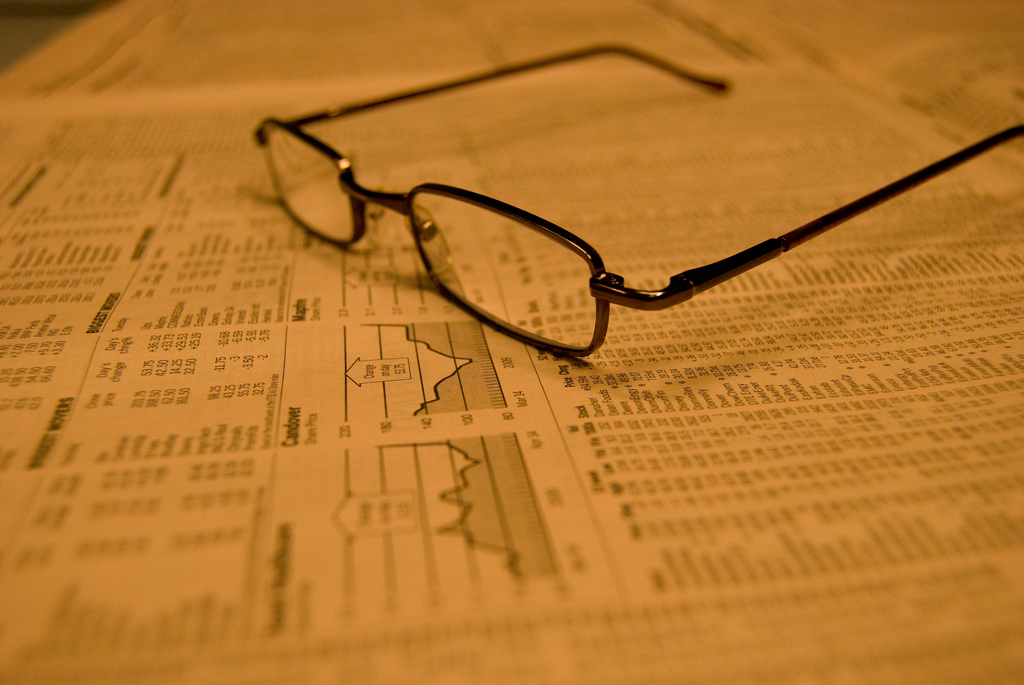Risk Management
Trading the financial markets can be a great way to generate income and grow your wealth. At the same time, it can also cost you a lot of money if you make the wrong choice or if you don’t know what you’re doing. The key to being able to keep the balance in your trading account up to a suitable level, you have to know how to manage risk. No matter what type of security you are trading, risk management is a critical part of your success. Here are the basics of risk management in trading and why it’s so essential.
Protecting Your Capital

Money Management Techniques
No matter how good your trading strategy is, it is very important to have a good money management strategy in place. Most expert traders recommend that you only risk a certain percentage of the balance of your account on any given trade. Some argue that you should never risk more than one to three percent of your account on a trade. If you’ll do this, one loss will not devastate you too badly. With the worst-case scenario, you will still have 97 percent of your account balance left to trade with. Since you stick to the percentages, risking one to three percent on the next trade will not be as big of a risk after you’ve lost money on the last trade.
Specific Rules
In addition to only risking a certain amount of money on each trade, you also need to have some specific rules to follow. For example, you may want to set daily or weekly profit or loss goals. If you reach either figure, you quit trading. By doing this, you’ll stay in the game longer and prevent yourself from trading based on emotion. For instance, you may set a goal of making or losing $200 each trading day. If you have a bad trade and the market goes against you, costing you $200, then you are done for the day. It doesn’t matter if it’s 9:30 in the morning, you take the rest of the day off.
Some traders do not like using this type of strategy because they argue that you have to take advantage of opportunities as they come. The market is very unpredictable, and you cannot base how often you trade just on one big loss. However, other traders feel that this is the best strategy because it makes it so that you don’t make bad decisions after suffering a loss. Many traders have a gambling mentality. If they lose a big trade, they always think that they will win the next one. This often leads to compounding losses, and ends up costing the trader a lot of money.
Doing Your Research
Another way that you can minimize the amount of risk that you are taking as a trader is to do your homework at all times. Many traders make the mistake of trading based on hunches or on a whim. Regardless of what type of security you are trading, you should do a thorough amount of research to ensure that you always are making educated decisions. If you don’t take the time to do the research, you’ll end up making a bad trade.
For example, if you are trading stocks, read about the companies that you are going to invest in before you buy shares. Even if you use technical analysis, you need to do a little bit of fundamental analysis as well. This way, you don’t overlook some important variable that ends up costing you a lot of money in the long term.
Overall, risk management is one of the most important variables in your success as a trader. Implement it in your trading and you’ll start to notice the difference.
See Also:
- What are High Yield Bonds?
- Investing in a Mutual Fund
- Oil Prices < $40/Barrel?
- So Long, US Dollar As World’s Reserve Currency
Photo Credits: by Iman Mosaad The Market
